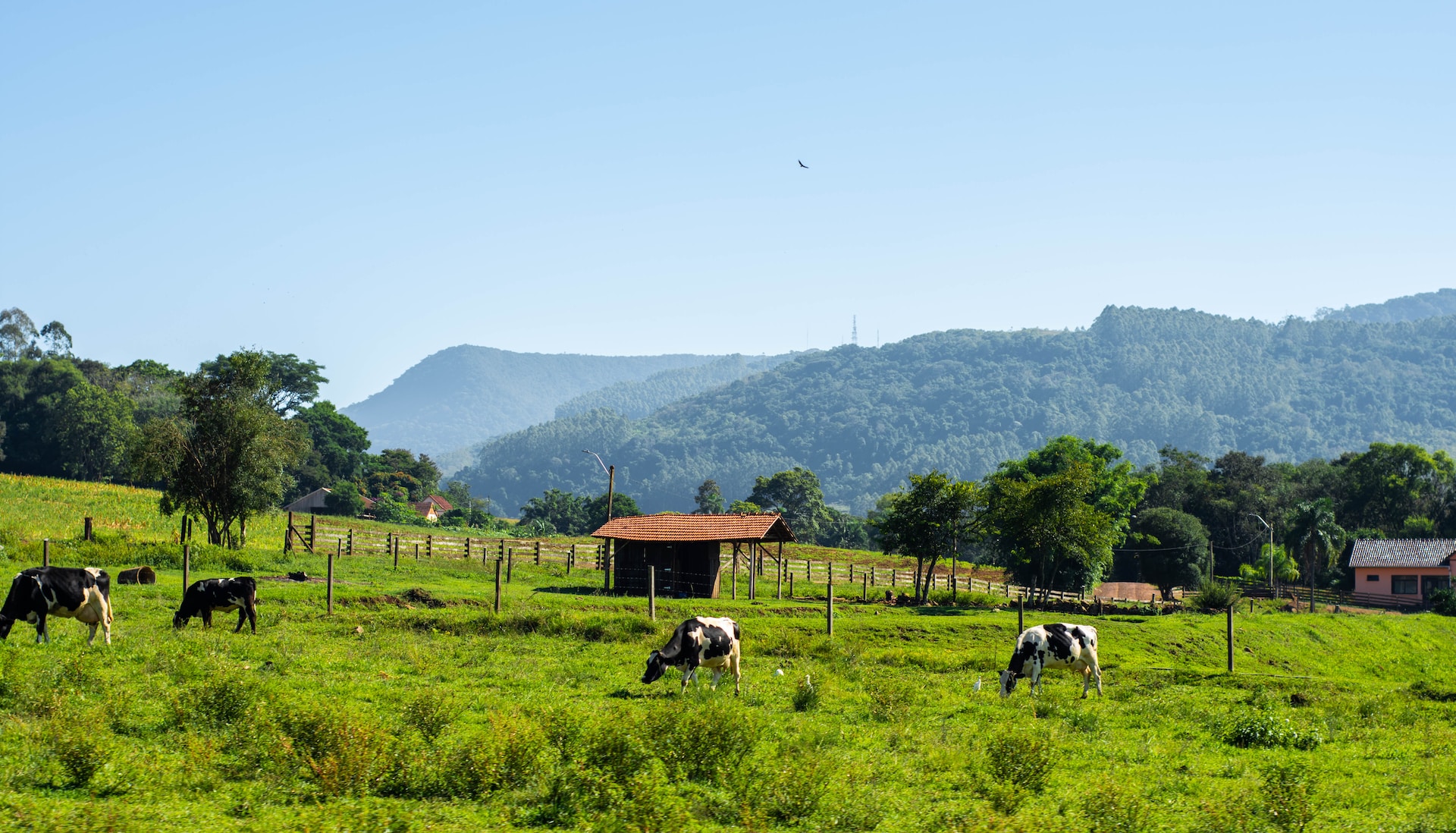The Benefits of Overseeding Your Pasture: Tips and Tricks
Maintaining a productive pasture is crucial for the well-being of your livestock. Unfortunately, over time, pastures can deteriorate, resulting in sparse grass coverage and patches of soil. If you're looking to rejuvenate your pasture, consider the practice of overseeding. Overseeding involves planting grass seeds into an existing pasture to enhance its quality and yield. In this blog post, we will explore the advantages of overseeding your pasture and provide you with some tips to achieve outcomes.

1. Enhanced Forage Production
One significant benefit of overseeding your pasture is that it boosts forage production. By introducing grass varieties or legumes to your existing pasture, you can significantly improve both the quality and quantity of forage. Over time, these new grasses will fill in gaps, resulting in a denser pasture. This is particularly advantageous for grazing livestock as it provides them with an abundance of high-quality forage, leading to improved weight gain and overall health. So, in case you want to boost production, planting pasture seeds properly is immensely important.
A tip towards enhanced forage production: It is important to know the tips and tricks of watering the new grass properly to enhance forage production.
2. Control Weed Growth
Another advantage of overseeding is its ability to suppress weed growth. When pastures become worn out, they create an environment for weeds to establish themselves and flourish. By introducing grass varieties through overseeding, you can outcompete weeds and minimize their presence in your pasture. The introduced grasses will create shade, preventing weeds from receiving the sunlight required for their growth. Moreover, the increased competition for nutrients and water will further suppress weed growth. In essence, overseeding contributes to cultivating a pasture that's free from pesky weeds.
3. Control of Soil Erosion
Soil erosion can be a concern in pastures due to heavy rainfall, leading to exposed soil and nutrient depletion. However, overseeding plays a role in controlling soil erosion by establishing a robust grass cover. The introduced grasses develop a root system that binds the soil together, effectively preventing erosion. This aspect becomes particularly crucial if your pasture is situated on sloping land or near water bodies where erosion is more likely to occur. By implementing overseeding practices, you can safeguard your soil integrity while preserving nutrients and maintaining the stability of your pasture.
4. Enhancing Nutrient Cycling
Over time, pastures may experience depletion due to grazing and inadequate fertilization practices. However, by incorporating legumes like clover or alfalfa through overseeding techniques, you can significantly enhance cycling within your pasture.
Legumes possess the capability to convert nitrogen into the soil, which enhances soil fertility and serves as a natural source of nitrogen for grasses. This reduces the reliance on fertilizers. Promotes a more sustainable and environmentally friendly grazing system. Moreover, legumes are highly nutritious for livestock due to their high protein content and other essential nutrients.
Helpful Tips and Techniques for Successful Overseeding
Now that you understand the advantages of overseeding, let's discuss some tips and techniques to assist you in achieving outcomes;
- Timing is crucial when it comes to overseeding. For cool-season grasses, it is best to overseed in fall or spring when soil temperatures are ideal for seed germination. Warm-season grasses should be overseeded in spring or early summer.
- Prepare the pasture by mowing it to a length and removing any debris or thatch. This will facilitate contact between the seeds and the soil, thereby improving seed germination.
- It is advisable to conduct a soil test to overseeding in order to determine if any amendments such as lime or fertilizer are required. This will ensure that your pasture has the necessary nutrients for the grasses to flourish.
- Select grass varieties that are well suited for your specific region and soil type.
When selecting the grass varieties to overseed with, it's important to consider factors like drought tolerance, disease resistance, and the desired quality of forage. - Ensuring overseeding requires paying attention to proper seeding rates and techniques. It is advisable to follow the recommended seeding rates mentioned on the seed package and ensure that the seeds make contact with the soil by spreading them across the pasture or using a seed drill.
- After overseeding, it is crucial to keep the pasture watered in order to promote seed germination and establishment. It's best to avoid grazing or mowing until the new grasses have grown to a height of 4-6 inches.
Conclusion
By following these tips and implementing overseeding techniques, you can revitalize your worn-out pasture while reaping benefits such as increased forage production, weed control, prevention of soil erosion, and improved nutrient cycling. Remember, maintaining a pasture is essential for keeping your livestock in condition and ensuring long-term sustainability for your farm.